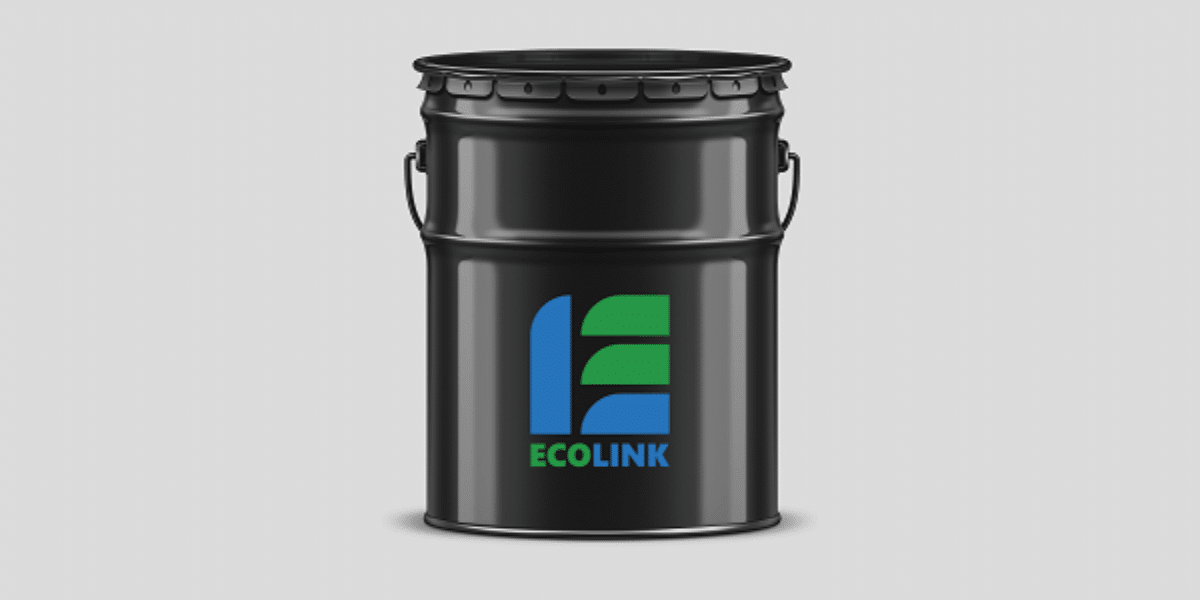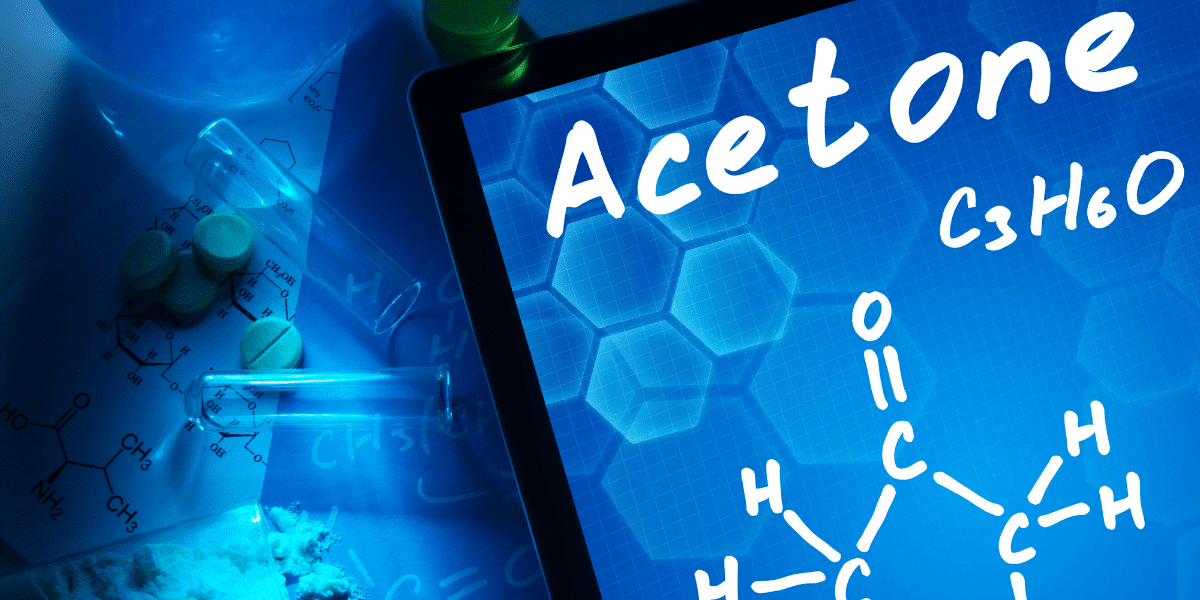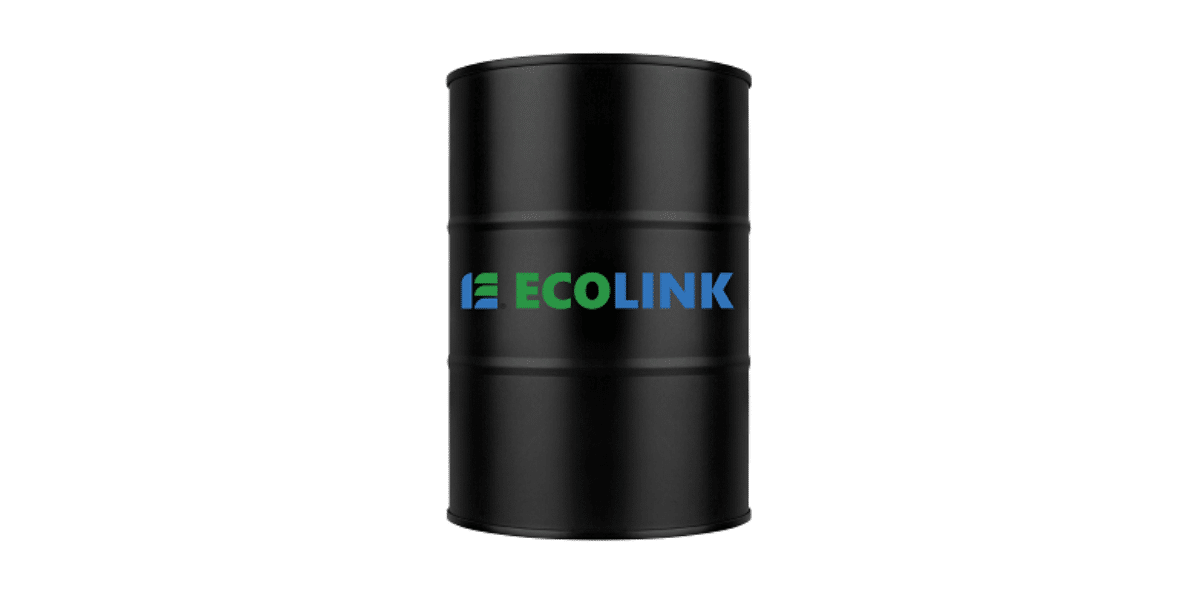Trichloroethylene, also known as TCE, is an extremely common chemical used in a variety of industrial settings. In this blog post, we’ll explore...
Blog


CHEMICAL INDUSTRY NEWS
Chemical Chat – Discover What’s New!
Where To Buy Ethyl Acetate Online
Do you need to find a bulk supplier that allows you to buy ethyl acetate online? Ethyl acetate is a versatile chemical often used for products like...
Where To Buy Acetone In Bulk Online
Need to know where to buy acetone in bulk, hassle free online? Acetone is a versatile chemical that is used across many industries for a variety of...
Shop Ethyl Acetate Online
You can easily shop ethyl acetate online from the convenience of your home or office with the right chemical...
Where To Buy Ethyl Acetate Online
Do you need to find a bulk supplier that allows you to buy ethyl acetate online? Ethyl acetate is a versatile...
Company News

Managed Services
Discover the Latest in Safe and Sustainable Chemical Solutions
Stay informed with Ecolink’s blog! Subscribe now
Chemical Management Information
Stay updated with us
Sign Up for the Latest Updates
Stay informed about chemical supply chain disruptions and emerging innovations to keep your business at the forefront of efficiency and innovation. Uncover new ways to make your business practices more sustainable by incorporating safer products into your cleaning lineup.


























